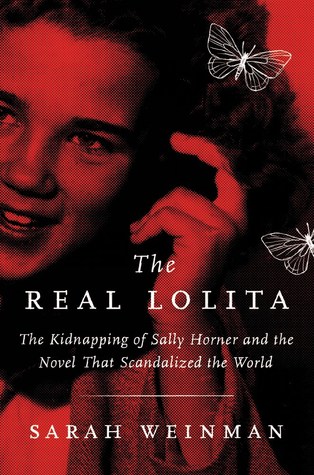More on this book
Community
Kindle Notes & Highlights
Read between
July 14 - July 16, 2019
I TELL CRIME STORIES for a living. That means I read a great deal about, and immerse myself in, bad things happening to people, good or otherwise. Crime stories grapple with what causes people to topple over from sanity to madness, from decency to psychopathy, from love to rage. They ignite within me the twinned sense of obsession and compulsion. If these feelings persist, I know the story is mine to tell.
Here was a girl who survived her ordeal when so many others, snatched away from their lives, do not. Then for her to die so soon after her rescue, her story subsumed by a novel, one of the most iconic, important works of the twentieth century? Sally Horner got under my skin in a way that few stories ever have.
The appreciation of art can make a sucker out of those who forget the darkness of real life. Knowing about Sally Horner does
the only novels worth reading are the ones that demand to be read on multiple occasions.
The abuse that Sally Horner, and other girls like her, endured should not be subsumed by dazzling prose, no matter how brilliant.
state the obvious—as he will, again and again— the reader is essentially magicked into believing Dolores is as much the pursuer as the pursuee.
Nabokov did not publish Volshebnik during his lifetime because he knew, as was clear to me upon reading it, that the story was not a stand-alone work but source material.
But I needed to understand what Sally was thinking and feeling—or at least approximate an understanding—so I read as many accounts as I could find by girls, born one or two generations after her, who survived years or decades of abuse by their kidnappers. I also examined kidnappings from the decade or so before Sally was taken.
The template was in place for generations of readers to be taken in by Humbert Humbert, forgetting that Dolores Haze was his victim, not his seducer.
Any speculation that Lolita could be inspired by a real-life case went against the single-minded Nabokovian belief that art supersedes influence, and so influence must be brushed off.
Vladimir Nabokov’s otherwise scrupulous archive of Lolita-related clippings failed to include anything about Sally Horner because if it had, then the dots would connect with more force, which would upset the carefully constructed myth of Nabokov, the sui generis artist, whose imagination and gifts were far superior to others’. It’s as if he didn’t trust Lolita to stand on its own against the real story of Sally Horner. As a result, Sally’s plight was sanded over, all but forgotten.
Lolita’s success almost seemed designed so people missed the point. Its original publication by Olympia Press established its bona fides as a book too controversial for American consumption. And then, once it was finally published in the United States, the conversation centered around Humbert Humbert’s desires and his “love story” with Dolores Haze, with few acknowledging, or even comprehending, that their relationship was an abuse of power.
As a result, that left a vacuum for decades of readers to misinterpret Lolita. It allowed for a culture of teen-temptress vamping that did not account for the victimization at the novel’s core. Sixty years on, many readers still don’t see through Humbert Humbert’s vile perversions, and still blame Dolores Haze for her behavior, as if she had the will to resist, and chose not to.
If those closest to the Nabokovs were behaving strangely, who else might this novel have the power to corrupt?
Sally’s story was part of a larger mosaic of girls and women who had been cruelly wronged and abused by men.
“The desperate truth of Lolita’s story is not the rape of a twelve-year-old by a dirty old man but the confiscation of one individual’s life by another.”
strip-mined to produce the bones of Lolita, the only acknowledgment a parenthetical reference hidden in plain sight, hardly noticed by many millions of readers.


